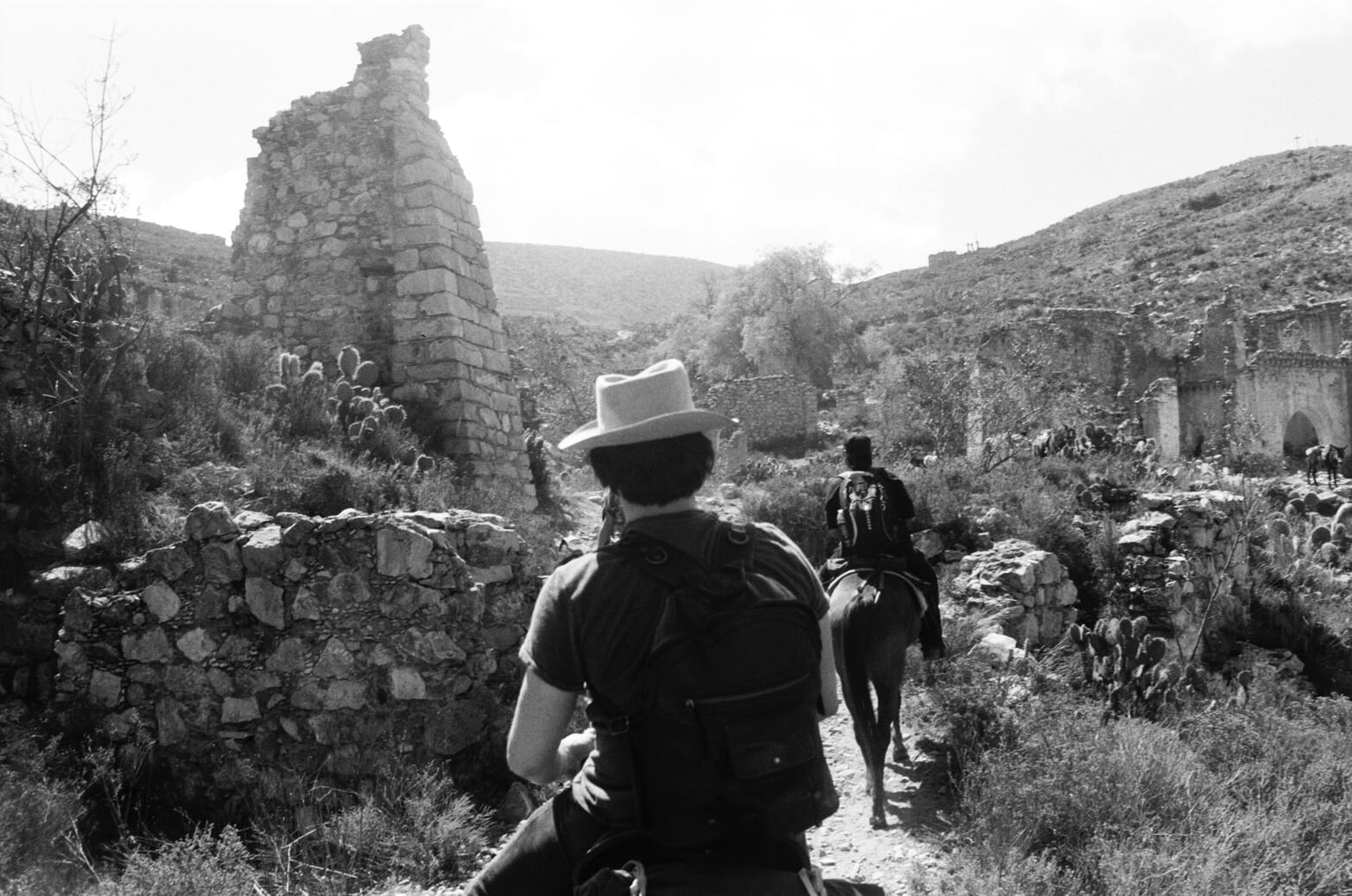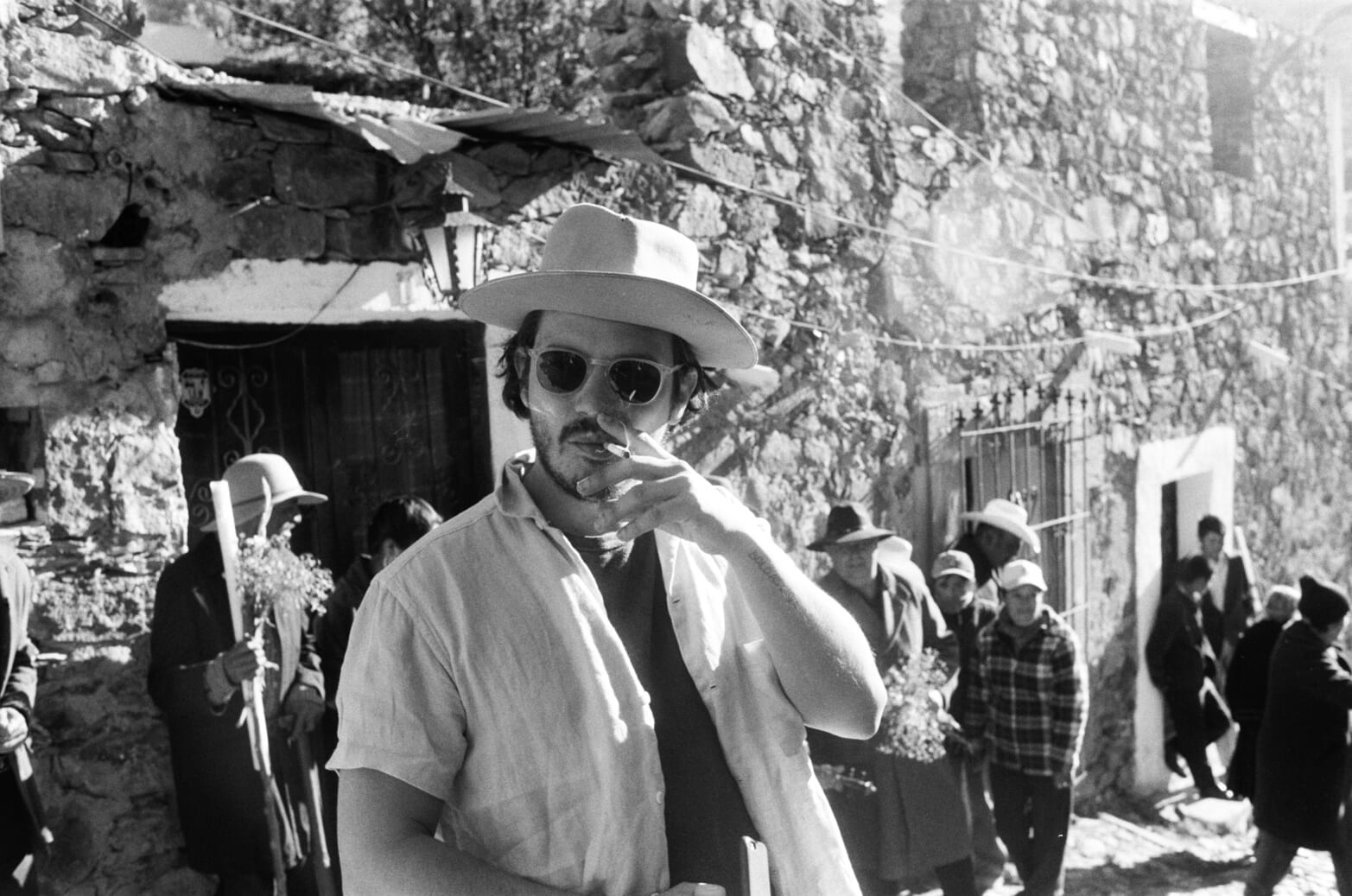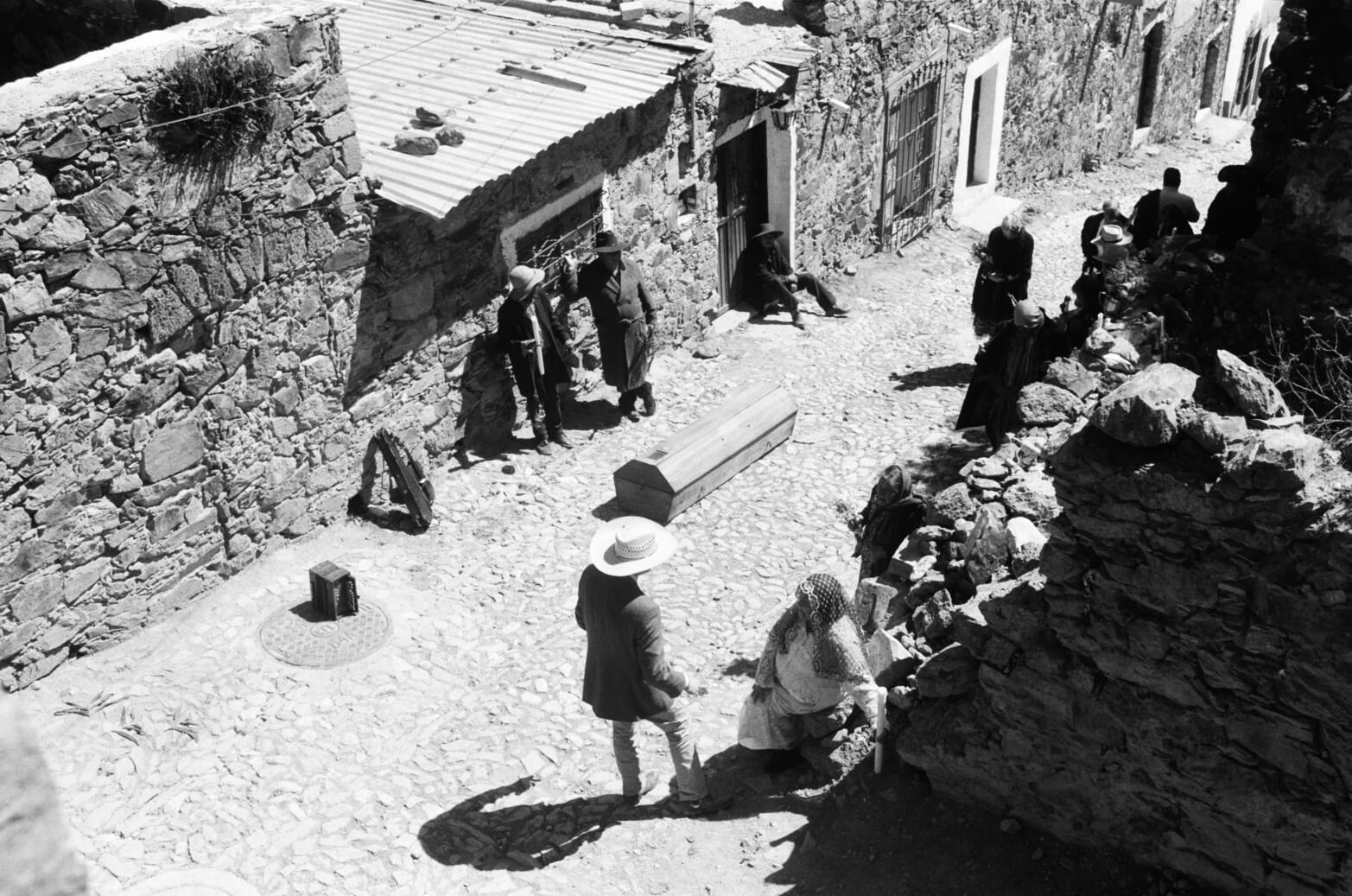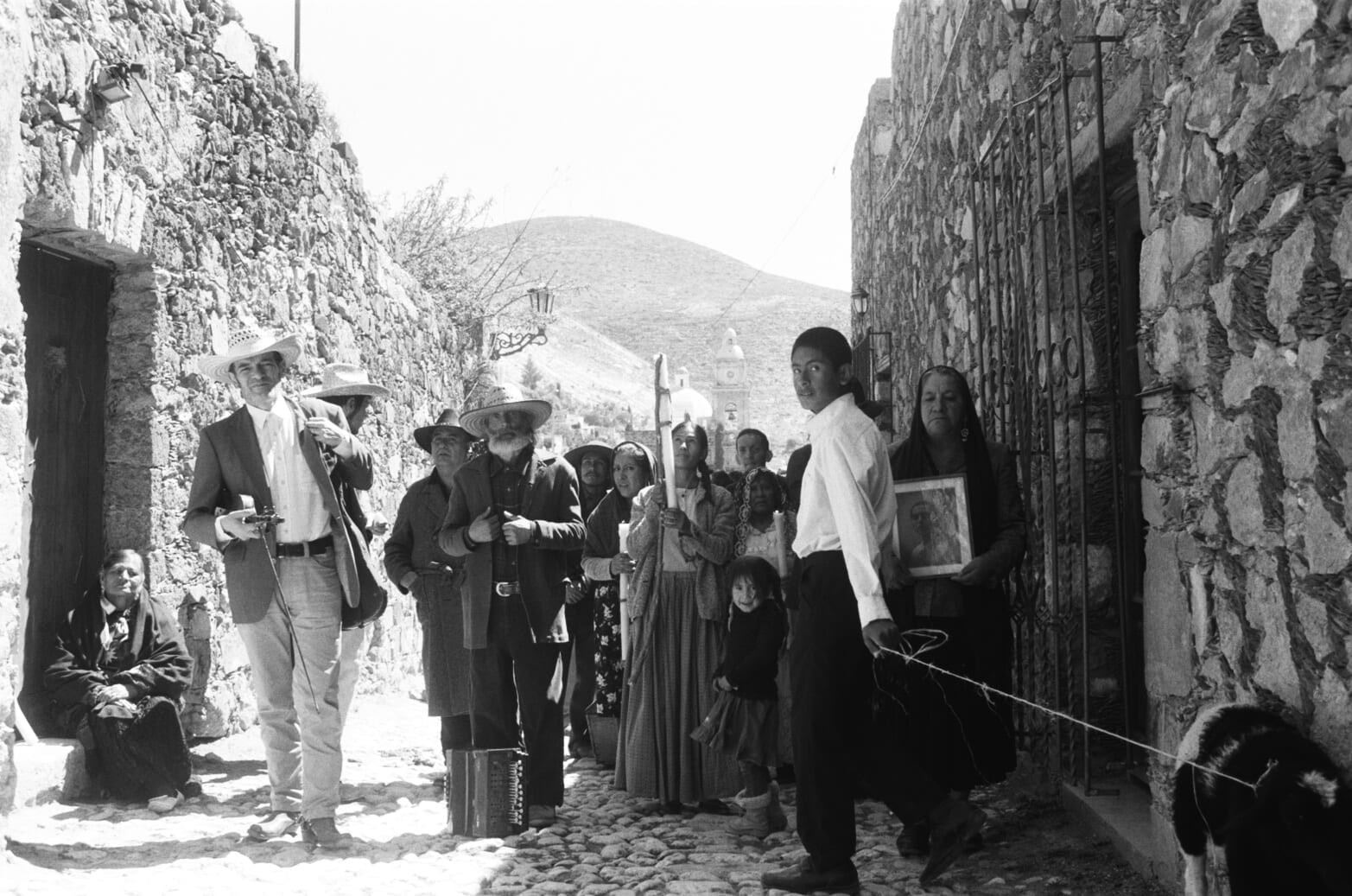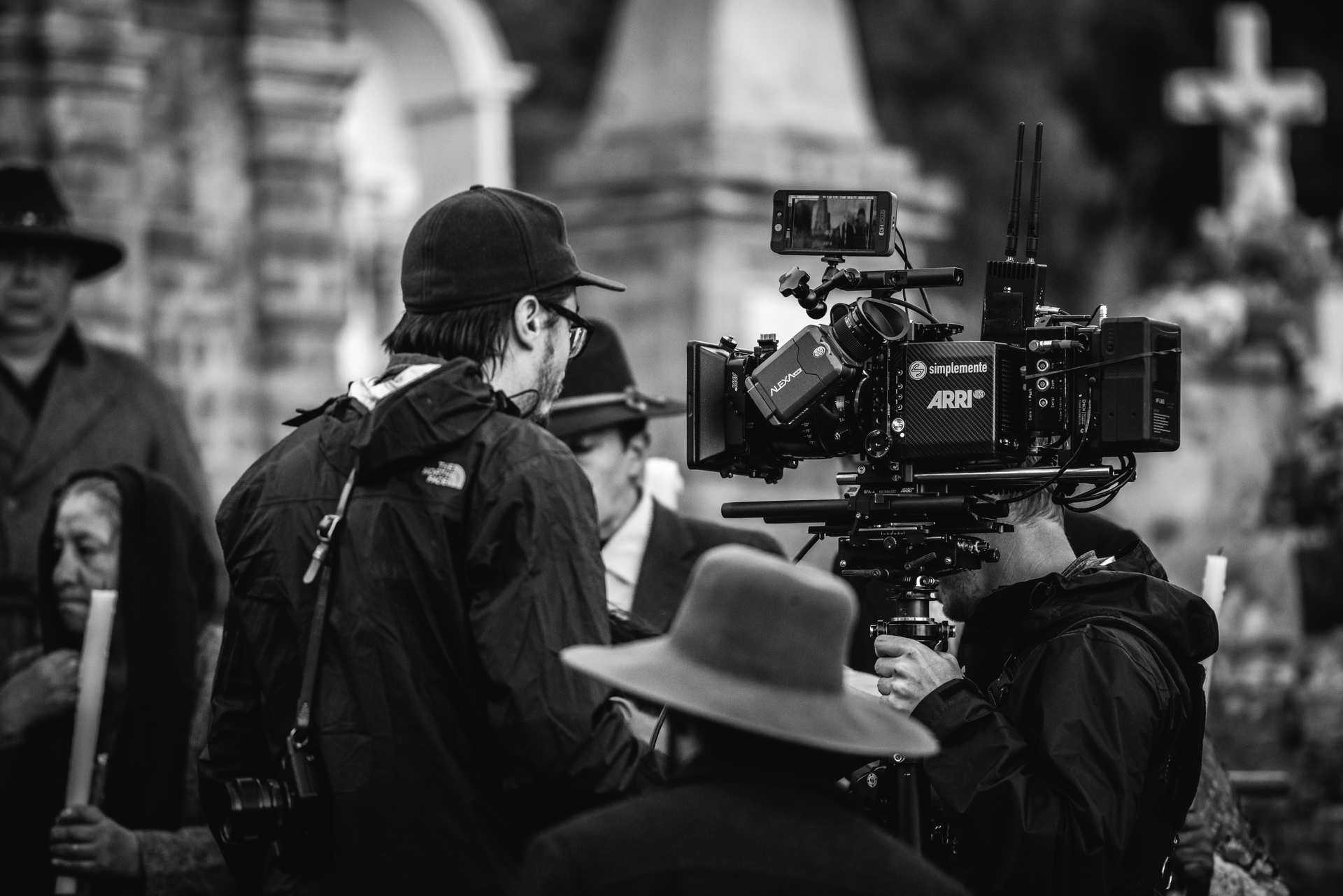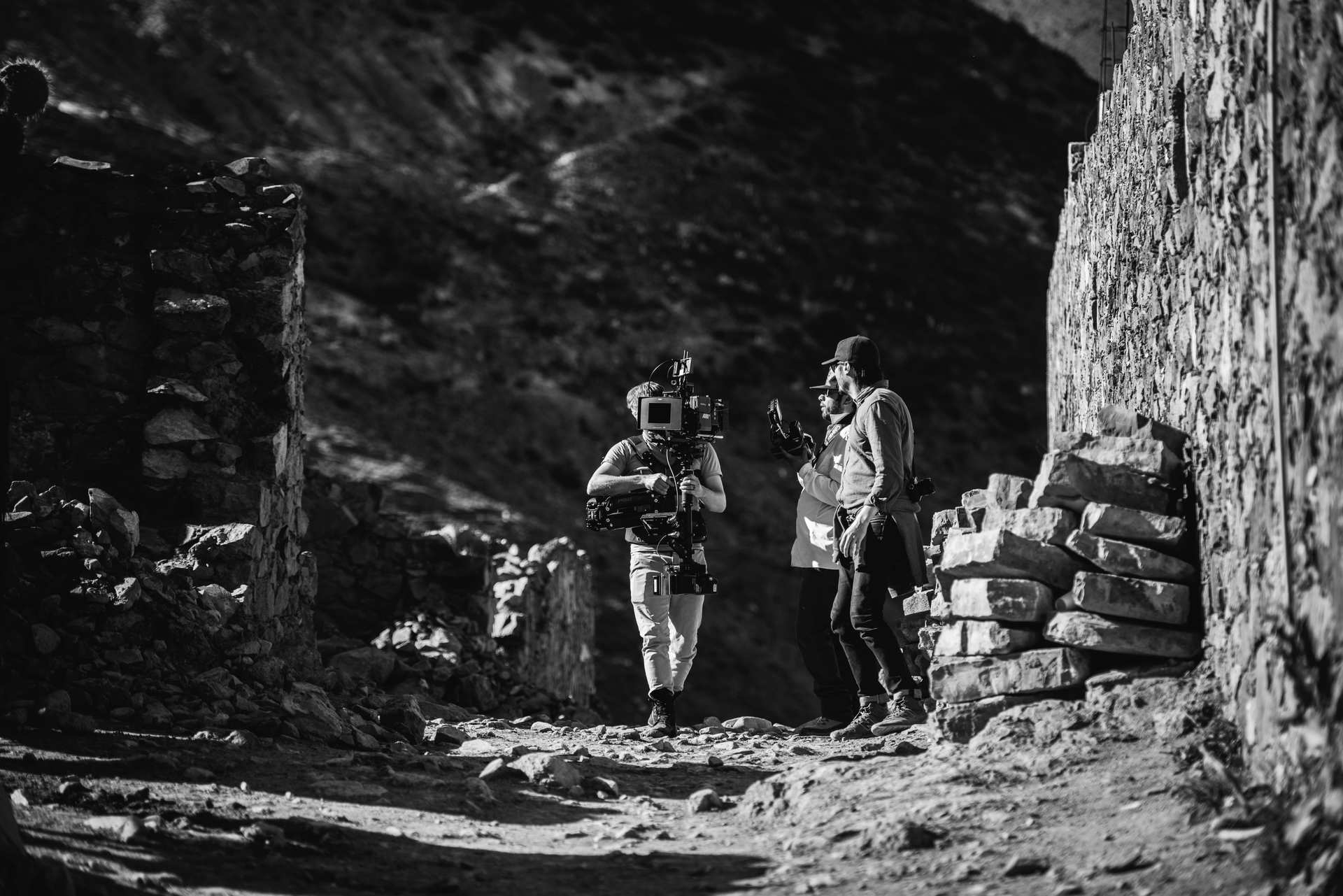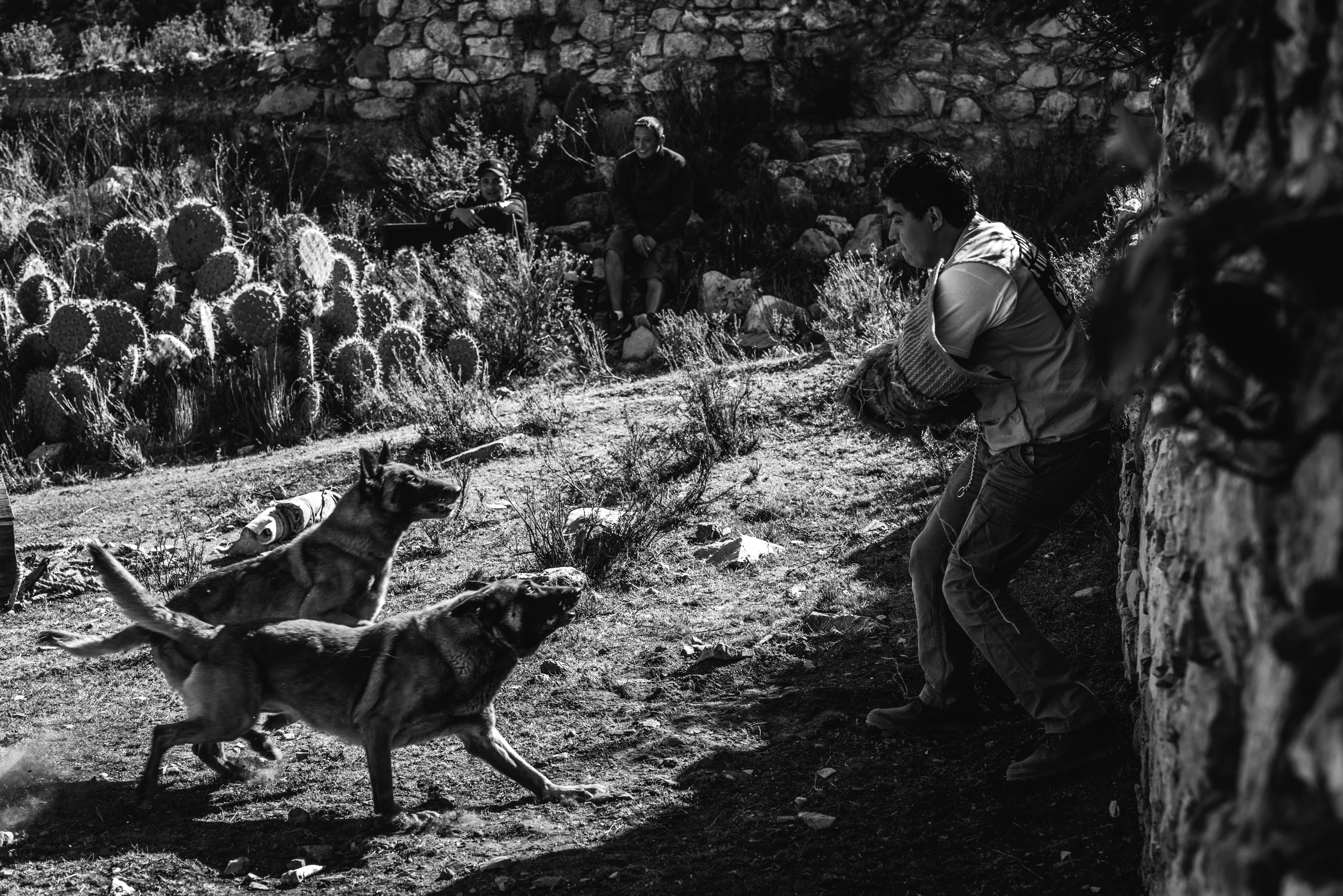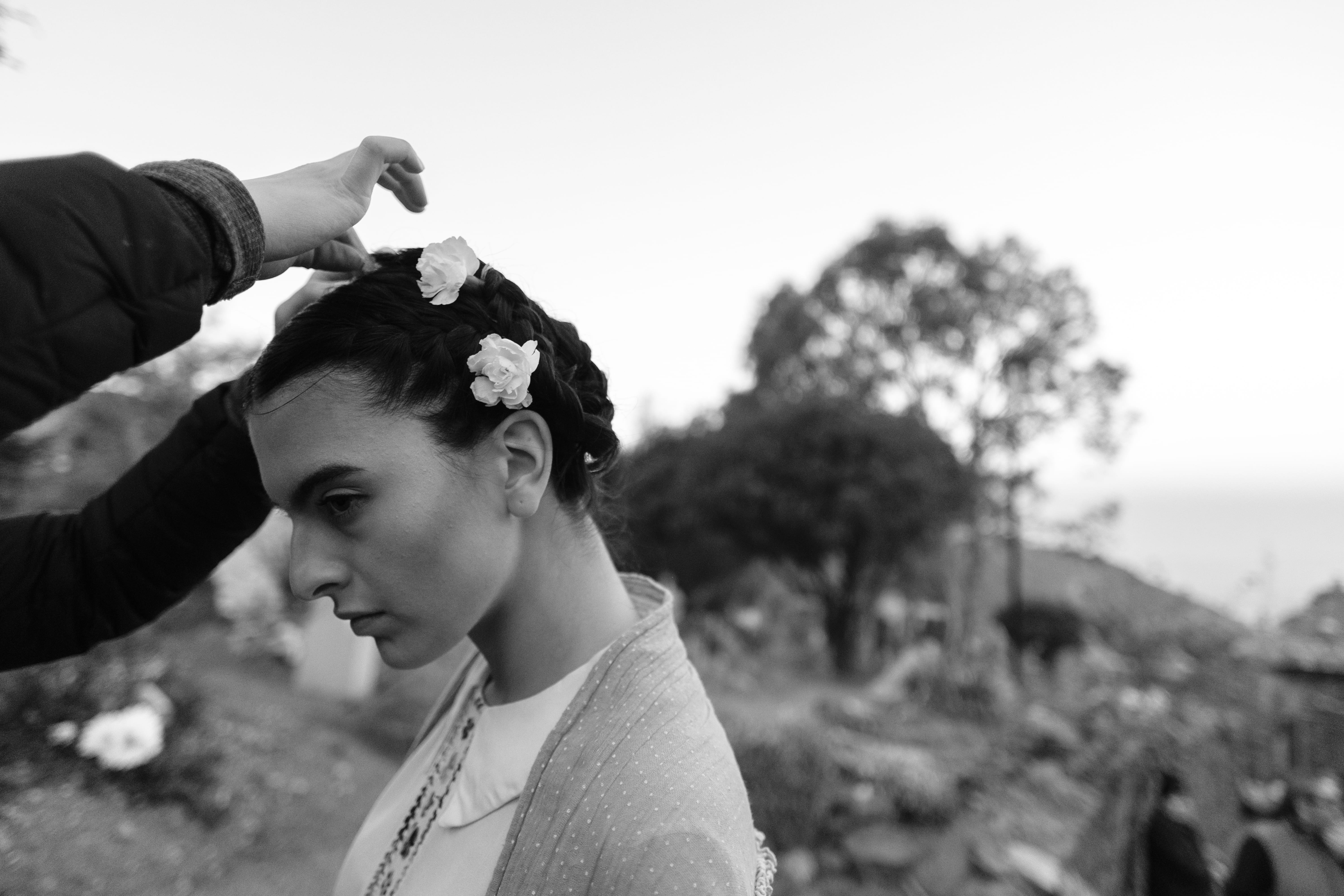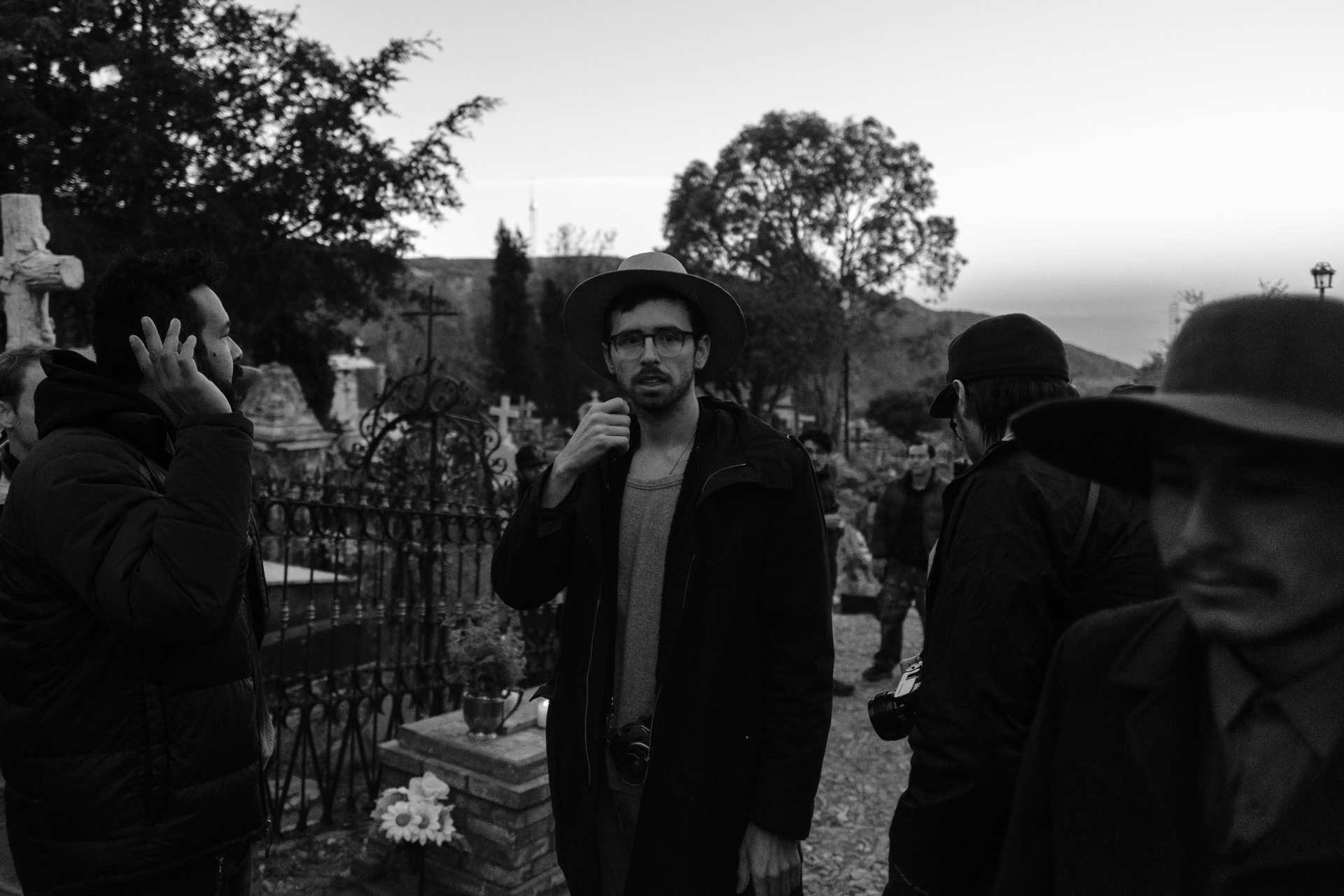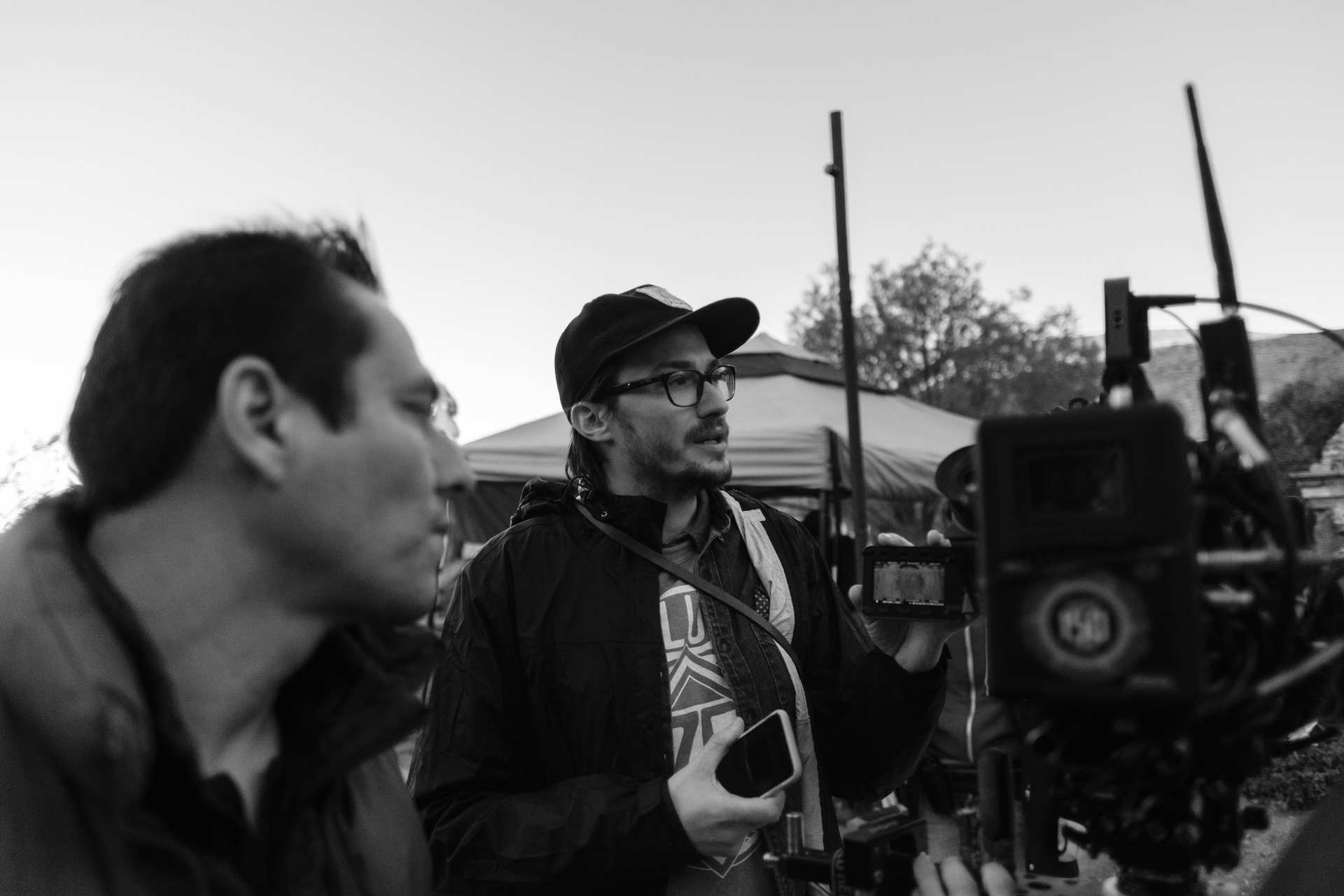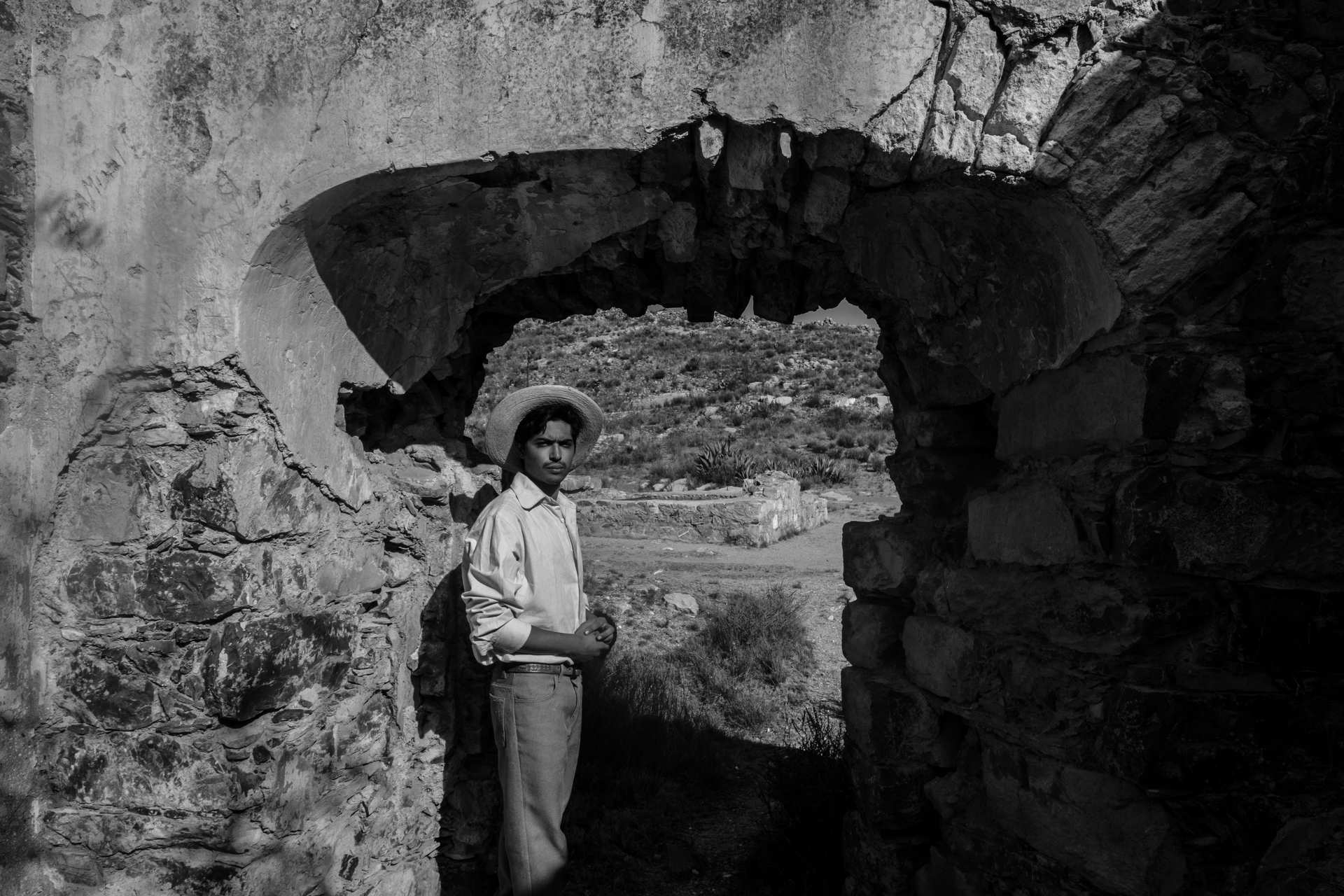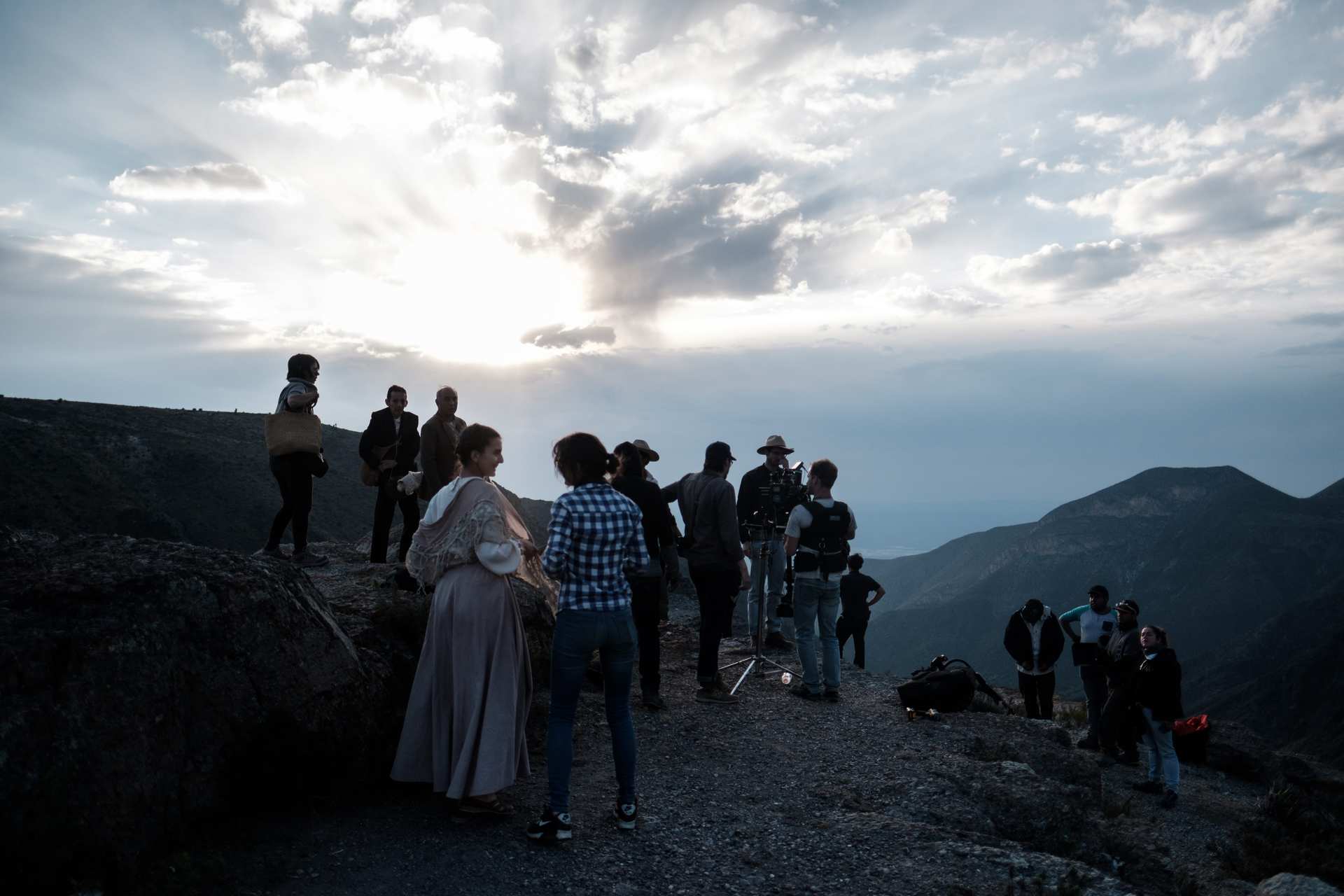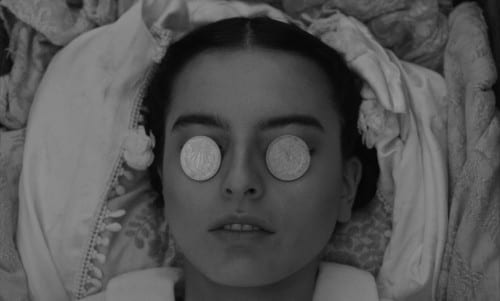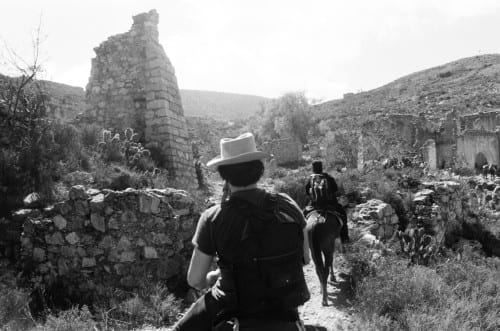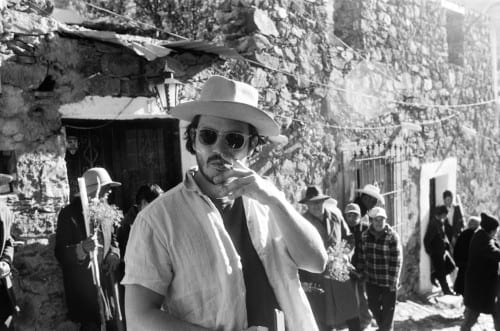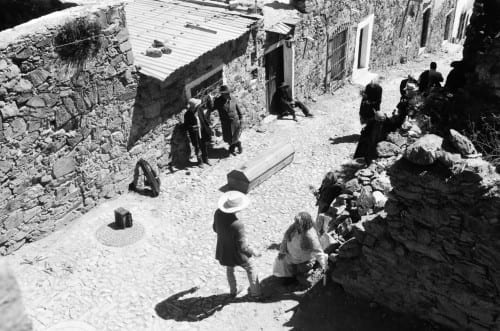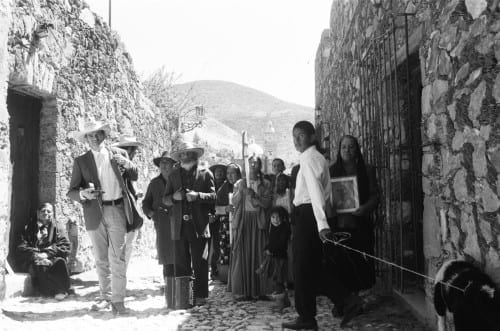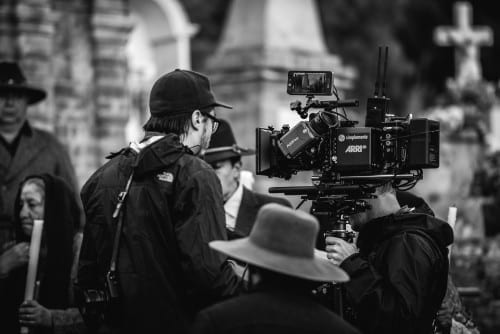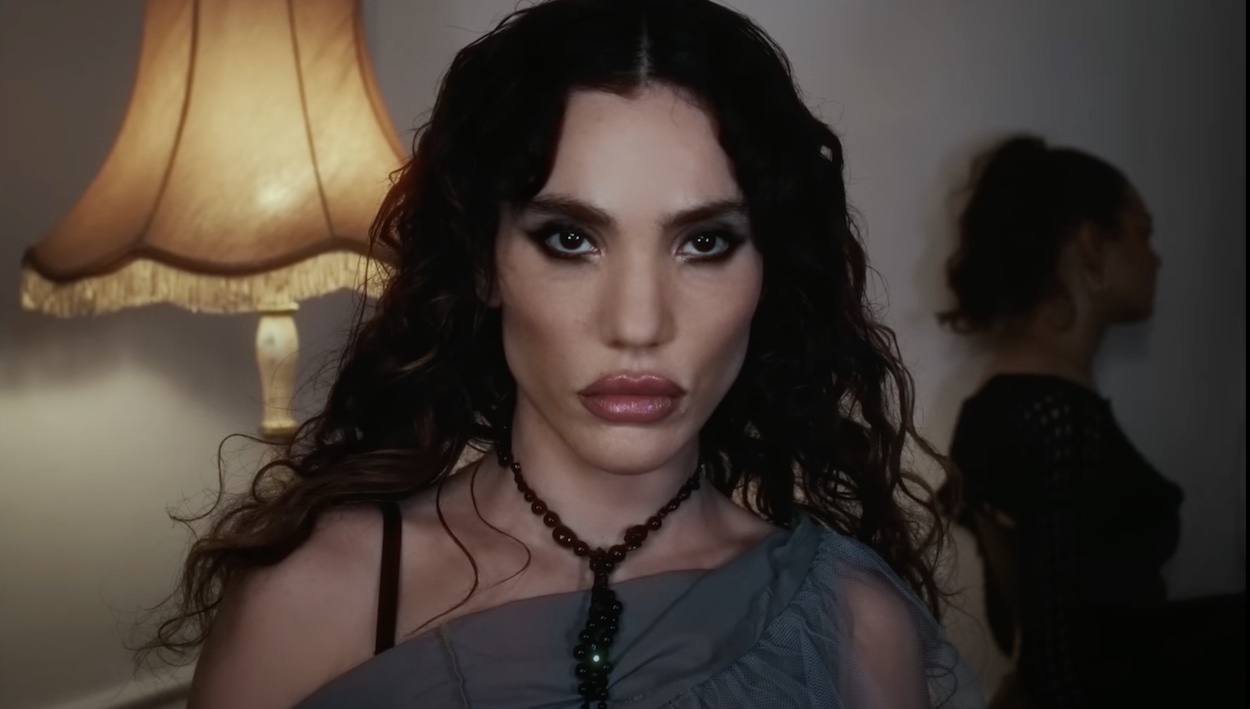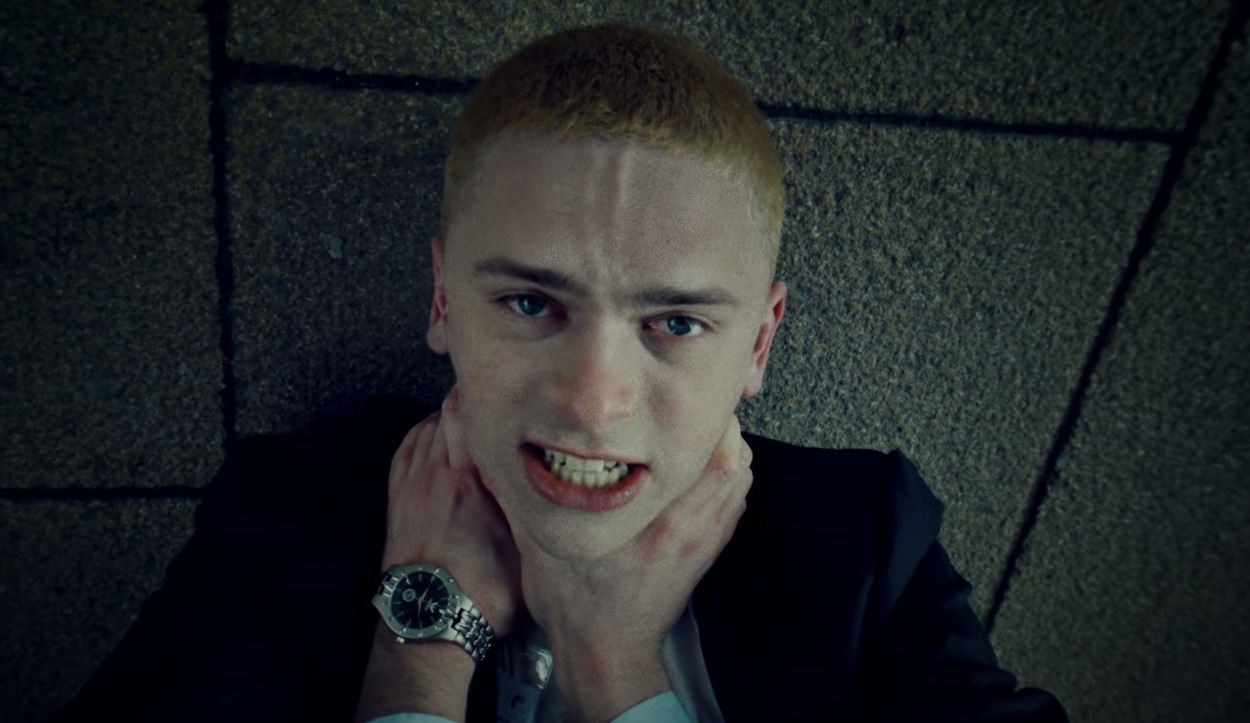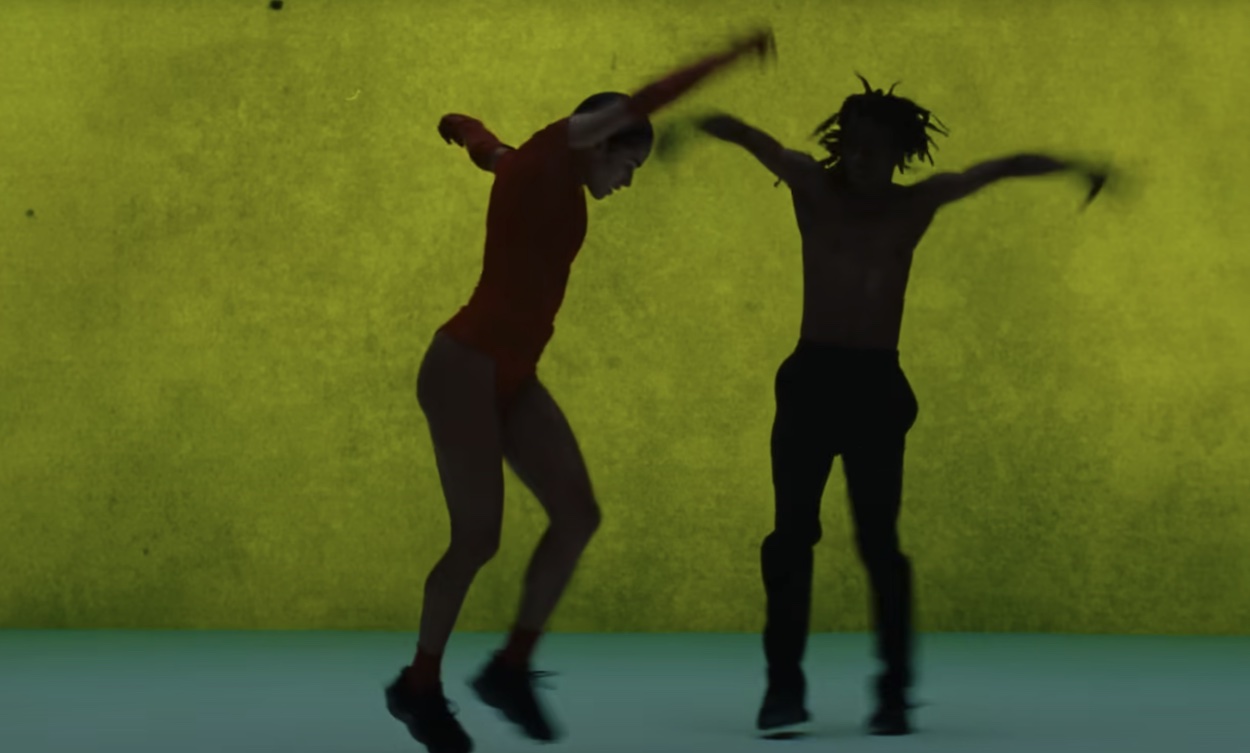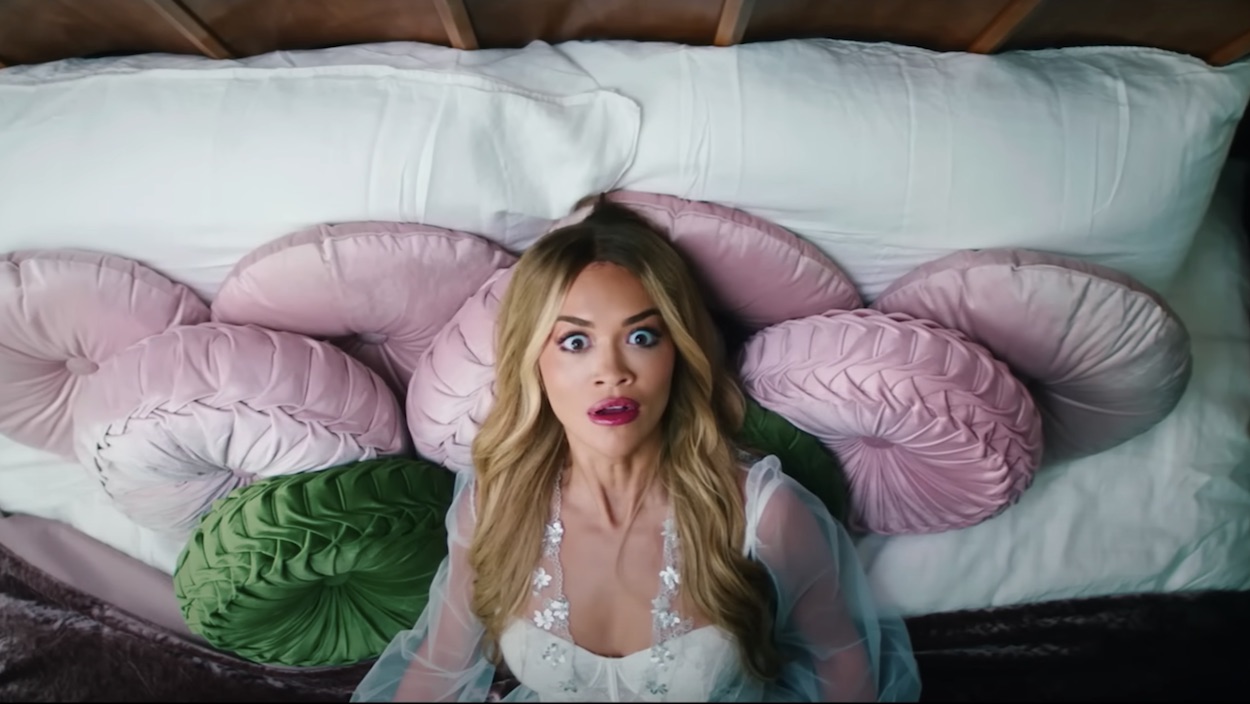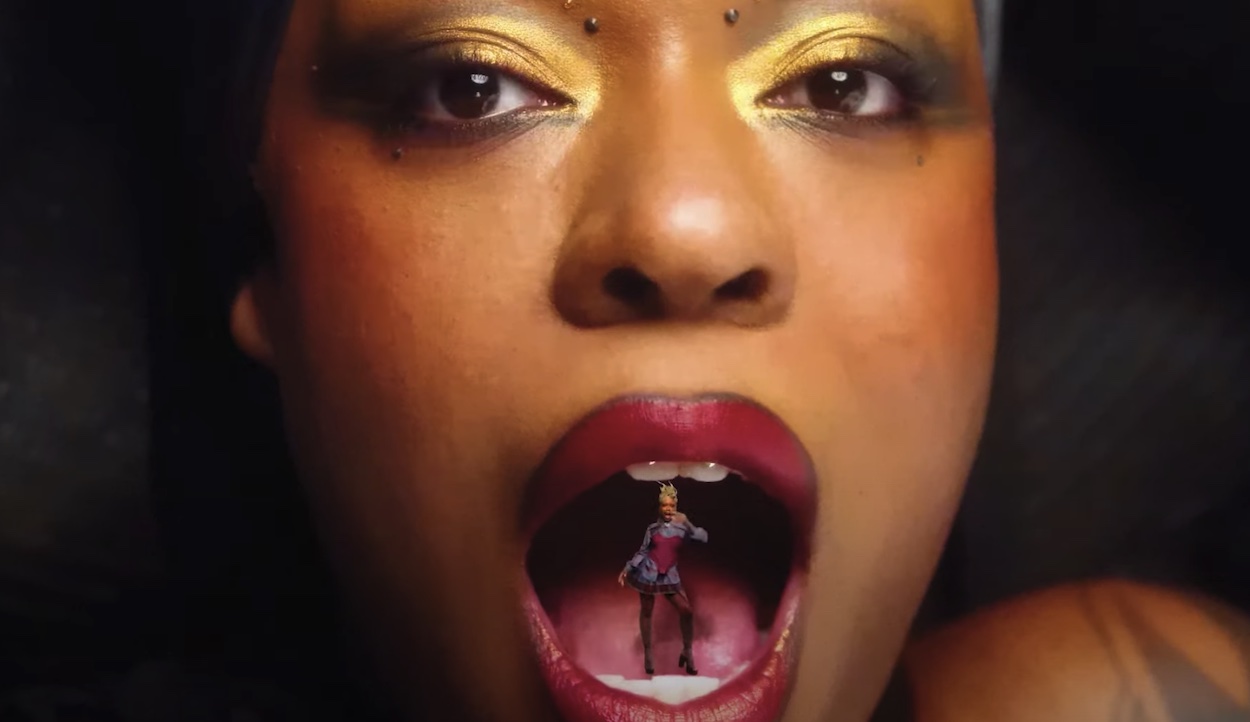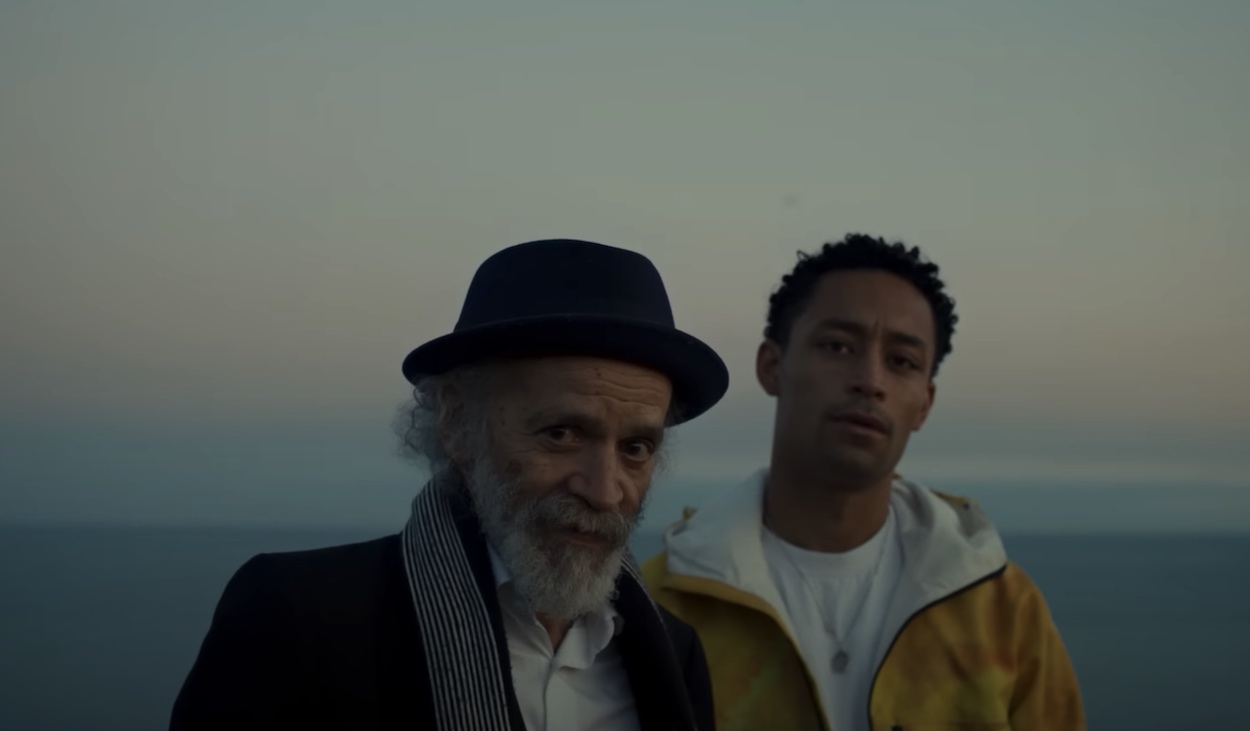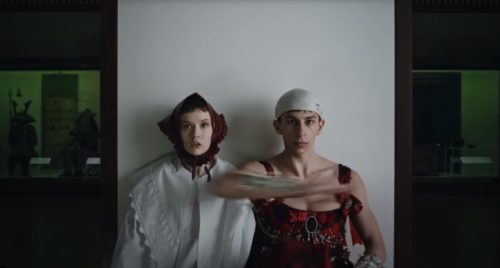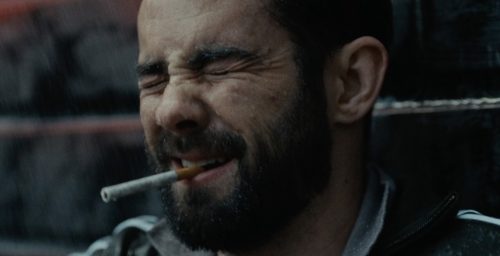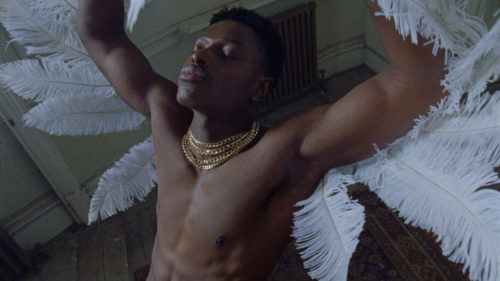Was this narrative something you’ve been working on for some time and the Alt-J track came along which suited it perfectly or did you write it specifically for the song?
I wrote the idea specifically for the song. I received the track along with a Ted Hughes poem that Joe Newman offered up as an abstract brief. The poem had a mournful tone and a lot of morbid nature imagery. It felt somewhat at odds with the song’s bittersweet, coming-of-age lyrics, but both shared a dark sensuality. The combination of the two created a tension that re-colored the way I interpreted the song.
What was your creative process for weaving the narrative with the visuals? How did you actually map out the film?
The track really dictated the pacing and how the story unfolded. It has these really demanding musical moments that call for a strong image or sudden change of pace. It was interesting to be locked into such a specific structure, because the narrative has a similarly fatalistic bent. I wanted there to be a sense that the characters are under the song’s hypnotic spell, compelled by a force that exists outside their world.
The script is abstract and impressionistic yet holds together in a compelling way – was it ever a concern that having a non-linear story that it wouldn’t make sense (which it absolutely does!)
An early draft centered around a series of disconnected scenes, with only vague hints to explain what occurred in-between. It started to become more linear as production got underway, but I still tried to retain that sense of mystery and ambiguity. It was always more about themes and images for me and I wasn’t too worried if it made sense or not.
Were there any key references that influenced you?
The song dips into these silent moments that inspired a very photographic quality in the images. I collected black and white photos from Josef Koudelka, Andres Kertéz, Manuel Alvarez Bravo, Sebastian Salgado, Christina García Rodero. Early on, before we knew where we’d shoot, there was a strong pull towards Latin America and Eastern Europe.
Once we picked the location, it started to drift away from Bela Tarr and towards the world of Juan Rulfo and cinematographer Gabriel Figueroa. There’s something about the mountain landscape that lends itself to the aesthetic of that era in Mexican filmmaking, whether or not we consciously tried to aim for it.
I think a lot of narrative and visual ideas crystalized once we started scouting and researching the location. Jordan Harkins, my creative partner and producer on this went up a few days ahead of the main unit to make local friends and to start mapping things out. It was important to us that the video was an extension of the world we encountered, and not just a superimposition.
The location and community are a powerful backdrop – where did you shoot and how did you go about casting?
We shot in Real de Catorce, an ex-silver mining town in San Louis Potosi, Mexico. It was built in the 1700s and is a sacred site in both Wixáritari shamanism and Catholicism. It’s a big peyote destination and has this very spooky, synchronistic power.
Some actors we brought from Mexico City and others we street cast in Real. We had a lot of really exceptional actors to choose from, but in the end it came down to how the leads felt as a balanced pair.
What were the main challenges of the production?
Real de Catorce is film friendly in the sense that there’s an over abundance of beauty, but it’s beauty that’s really hard to access. The town is 9000 feet above sea level and the roads are very steep, narrow and pitted with deep craters and boulders. The first couple of days we scouted on horseback, which was almost as efficient as the 1960s jeeps we used for production transport on the day. The air is thin and moving is slow, so we had to make sure the locations we chose were close together. It’s the first time I’ve ever had to seriously study a map to make a schedule.
We had tons of animals, some trained and some not, which is time-intensive either way. At one point, our animal trainer was bitten and needed four stitches. Overall, it was a very visceral, bloody, emotional experience. The coffins were heavy and painful to carry, call times were brutal, and everyone’s lips burned off in the sun. On the last day, I got smashed in the head while shooting on a cliff at night. It felt very fitting to tie it all up with some more blood and leave with a scar.
Did you always know you were going to shoot in b&w. Was it film or digital?
Black and white was an early decision. Dustin (the cinematographer) and I toyed with the idea of shooting on the black and white Alexa but we went with the Amira since gear was limited and it’s easy to work with. Whenever I plan to shoot in black and white, things always work out in a way that makes me thankful for it in the end. It was a dusty, sun-bleached world with a lot of hard front light and we didn’t have much control over the color palette anyway. Sometimes when you see the dailies in color by accident there’s a twinge of regret, but black and white always felt right for this.
Anything else you’d like to share?
I get asked a lot if we did peyote up there. On the last day of shooting, Luba, the lead actress turned to me and said, you know, working on this video was the peyote.
I’d like to give a huge thanks to our Mexico City production company Cineburó, everyone on the crew, and the generous people of Real de Catorce.

